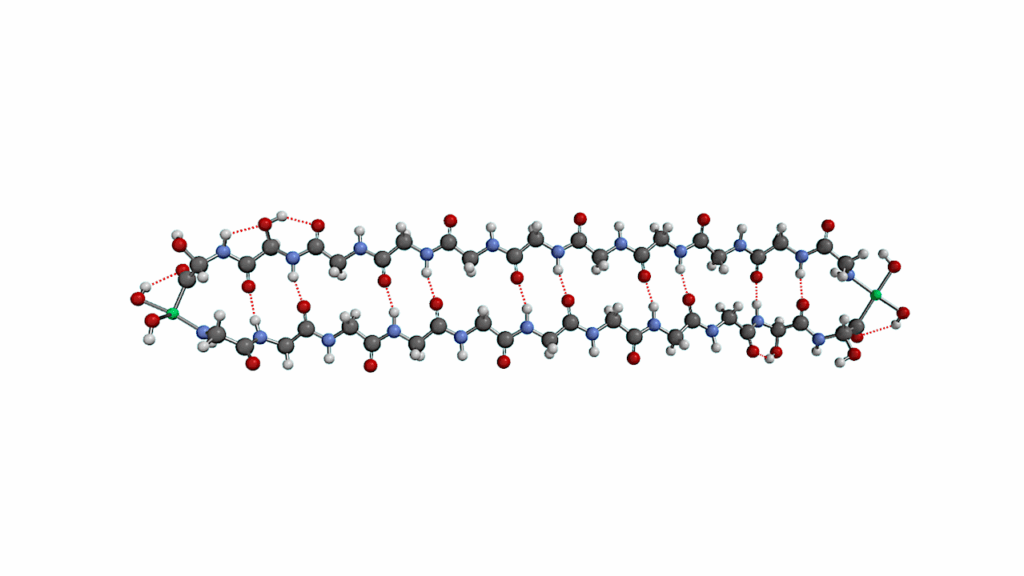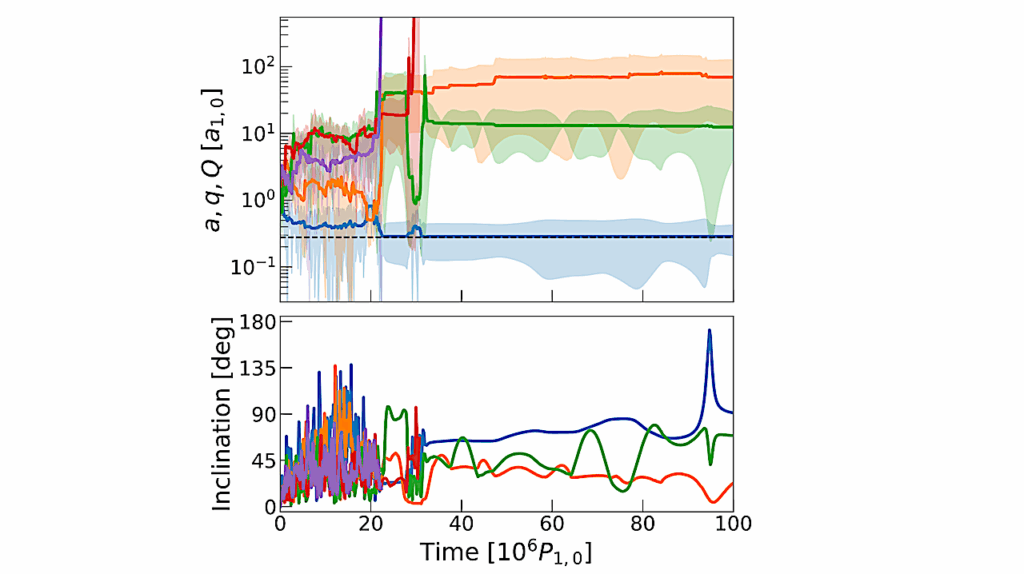Chandra Finds That Young Exoplanet TOI 1227 b Is Shrinking

A baby planet is shrinking from the size of Jupiter with a thick atmosphere to a small, barren world, according to a new study from NASA’s Chandra X-ray Observatory.
This transformation is happening as the host star unleashes a barrage of X-rays that is tearing the young planet’s atmosphere away at an enormous rate.
The planet, named TOI 1227 b, is in an orbit around a red dwarf star about 330 light-years from Earth. TOI 1227 b orbits very close to its star – less than a fifth the distance that Mercury orbits the Sun. The new study shows this planet outside our solar system, or exoplanet, is a “baby” at a mere 8 million years old.
By comparison, the Earth is about 5 billion years old, or nearly a thousand times older. That makes it the second youngest planet ever to be observed passing in front of its host star (also called a transit). Previously the planet had been estimated by others to be about 11 million years old.
A research team found that X-rays from its star are blasting TOI 1227 b and tearing away its atmosphere at such a rate that the planet will entirely lose it in about a billion years. At that point the planet will have lost a total mass equal to about two Earth masses, down from about 17 times the mass of Earth now.
“It’s almost unfathomable to imagine what is happening to this planet,” said Attila Varga, a Ph.D. student at the Rochester Institute of Technology (RIT) in New York, who led the study. “The planet’s atmosphere simply cannot withstand the high X-ray dose it’s receiving from its star.”
It is probably impossible for life to exist on TOI 1227 b, either now or in the future. The planet is too close to its star to fit into any definition of a ‘habitable zone,’ a term astronomers use to determine if planets around other stars could sustain liquid water on their surface.
The star that hosts TOI 1227 b, which is called TOI 1227, is only about a tenth the mass of the Sun and is much cooler and fainter in optical light. In X-rays, however, TOI 1227 is brighter than the Sun and is subjecting this planet, in its very close orbit, to a withering assault. The mass of TOI 1227 b, while not well understood, is likely similar to that of Neptune, but its diameter is three times larger than Neptune’s (making it similar in size to Jupiter).
“A crucial part of understanding planets outside our solar system is to account for high-energy radiation like X-rays that they’re receiving,” said co-author Joel Kastner, also of RIT. “We think this planet is puffed up, or inflated, in large part as a result of the ongoing assault of X-rays from the star.”
The team used new Chandra data to measure the amount of X-rays from the star that are striking the planet. Using computer models of the effects of these X-rays, they concluded the X-rays will have a transformative effect, rapidly stripping away the planet’s atmosphere. They estimate that the planet is losing a mass equivalent to a full Earth’s atmosphere about every 200 years.
“The future for this baby planet doesn’t look great,” said co-author Alexander Binks of the Eberhard Karls University of Tübingen in Germany. “From here, TOI 1227 b may shrink to about a tenth of its current size and will lose more than 10 percent of its weight.”
The researchers used different sets of data to estimate the age of TOI 1227 b.
One method exploits measurements of how TOI 1227 b’s host star moves through space compared to nearby populations of stars with known ages. A second method compared the brightness and surface temperature of the star with theoretical models of evolving stars.
Of all the exoplanets astronomers have found with ages less than 50 million years, TOI 1227 b stands out for having the longest year and the host planet with the lowest mass.
A paper describing these results has been accepted publication in The Astrophysical Journal, and a preprint is available here.
NASA’s Marshall Space Flight Center in Huntsville, Alabama, manages the Chandra progr
The Age and High Energy Environment of the Very Young Transiting Exoplanet TOI 1227b
Astrobiology








